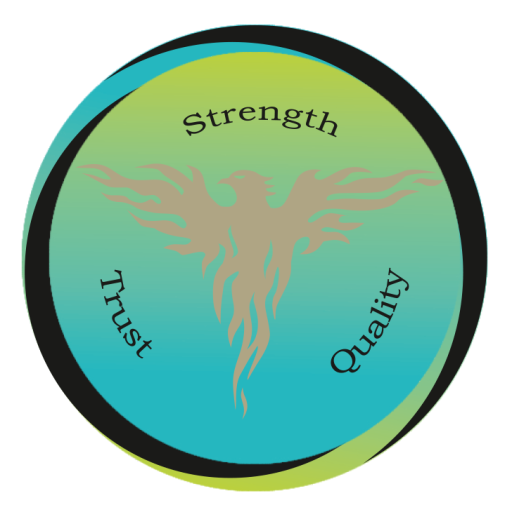Autoclave Tapes
Indicator Labels
Chemical Indicators

Chemical Indicator
Chemical Indicator
Chemical Indicator
Chemical Indicator
Chemical Indicator
Chemical Indicator
Chemical Indicator
Chemical Indicator
CSSD Markers
Markers
Container Seals and Keys
Plastic Container Key
The Sterile Processing Department (SPD), also known as the Central Sterile Services Department (CSSD), is the area in a hospital where cleaning and sterilization of devices used in medical procedures takes place.
Sterilization: Sterilization describes a process that destroys or eliminates all forms of microbial life and is carried out in health-care facilities by physical or chemical methods.
Sterilization: Sterilization describes a process that destroys or eliminates all forms of microbial life and is carried out in health-care facilities by physical or chemical methods.
Sterilization: Sterilization describes a process that destroys or eliminates all forms of microbial life and is carried out in health-care facilities by physical or chemical methods.
Sterilization is defined as the process where all the living microorganisms, including bacterial spores are killed. Sterilization can be achieved by physical, chemical and physiochemical means. Chemicals used as sterilizing agents are called chemisterilants.
ISO 11140-1:2014 classifies chemical indicators for autoclaves and sterilizers as follows:
The types are not ranked by level of importance. Type 1 is not better than type 6. Each type simply denotes performance characteristics and intended use of chemical indicators.
Chemical Indicators may be applied externally or internally to the package container. External chemical indicators, also called process indicators, show that the set has been fully exposed to the sterilization process. Internal chemical indicators, which come in a variety of forms, are placed in the most challenging area of the set and are read by OR staff to confirm that sterilant penetrated the load.
Chemical indicator utilize a unique chemical during sterilization process to verify a secure and proper sterilization by assessing critical variables including time, temperature, and pressure.
Chemical indicator is very important for quality control management to provide early indication of sterilization error due to the equipment malfunction or technician error. A common chemical indicator will react to an improper sterilization by using color changes/marks or pass/fail window.
These chemical indicators can be used in all types of sterilizers and autoclaves including for steam, ethylene oxide and dry heat sterilization. It can either be placed inside or outside of the autoclave bag depending on the types of the chemical indicator and its application.